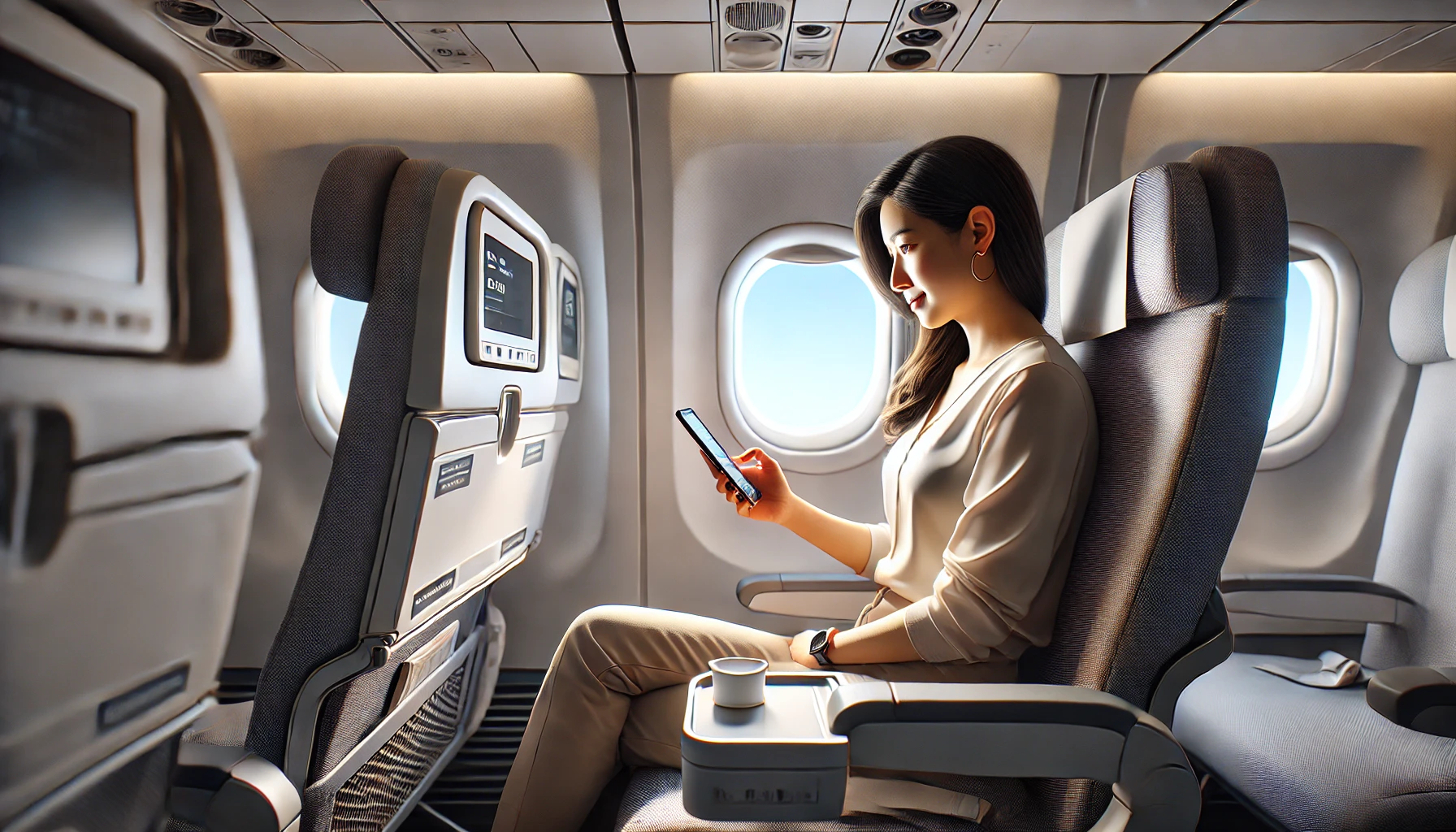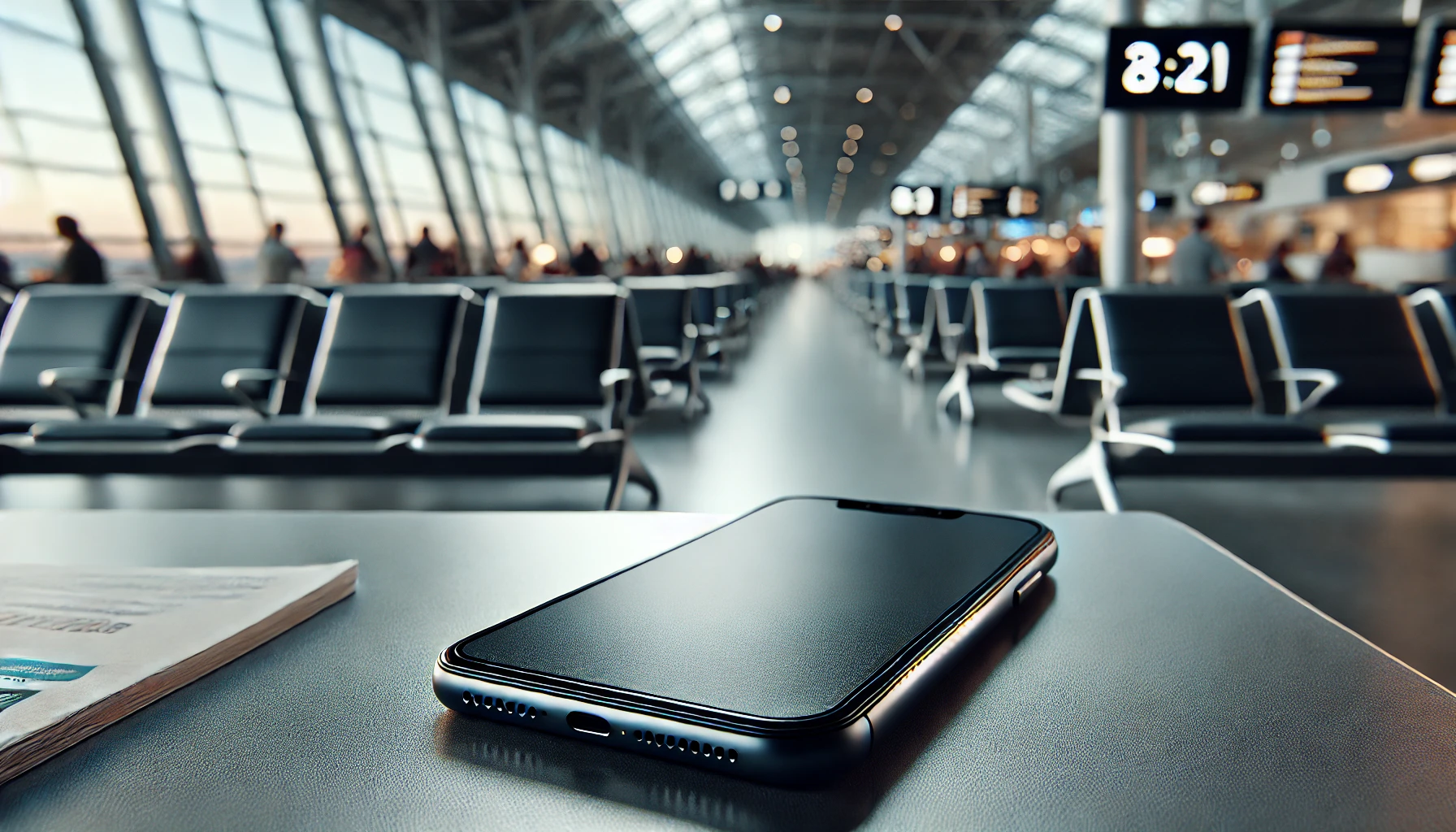Found in the Sky: How Does Location Tracking Work in Airplane Mode?
Nowadays, those who travel by plane more frequently wonder, “Can they find my phone location by number while I am up here, in the sky?” Though such means of relocation have more obvious benefits than one could ever imagine, some aspects still remain unclear and unanimous. For example, is it possible to track a phone while one sets up airplane mode?
The philosophy and functionality of certain systems are no longer cohesive, particularly when it comes to parental controls and the strategies for tracking activity when from afar. So, what are the main features of location tracking and how does it work in airplane mode?

How Does Location Tracking Work?
The principles of location tracking are well-known, for it has become an integral part of our daily routine. In essence, location tracking employs a combination of technologies, i.e., GPS, Cellular, Wi-Fi, and Bluetooth, to determine a device’s position accurately.
Though the core of the technological stack is GPS, Cellular, and Wi-Fi may eventually save the situation, as they identify locations by measuring the signal strength from nearby Wi-Fi hotspots or cell towers. The system of the location-tracking tools usually analyzes the geodata and finally detects the accurate position of a device holder.
What Should Happen When Airplane Mode is Activated?
First of all, anyone who employs phones with such a feature should be aware of what happens when they activate airplane mode on a device. To be extremely brief, it disables all wireless communication. To be more precise, these usually include:
Cellular Connectivity: As a rule, the device stops connecting to cellular towers, which disables calls, texts, and mobile data usage.
Wi-Fi: Moreover, your phone should disconnect from any Wi-Fi network, though it might be potentially re-enabled when needed.
Bluetooth: The same happens with Bluetooth, for it is generally turned off with an opportunity to be enabled at any time.
GPS: While GPS is a passive system that does not transmit signals, some devices may disable GPS-related features to conserve battery life and move.
Location Tracking in Airplane Mode
When airplane mode itself is activated all wireless communication tools like Cellular, Wi-Fi, and Bluetooth are typically turned off. Nevertheless, GPS, a passive system that does not send anything but receives signals from satellites, may still function. This means that offline maps may show locations without direct data connection fitness trackers can detect movements and distance, and photos can still be geotagged with GPS coordinates. Hence, GPS may optimally work in airplane mode, but is it enough?

Location-Tracking Apps and Their Limitations
As the most popular location-tracking options, applications represent an immense group of opportunities that have both benefits and drawbacks, too. In general, the location-centric software provides directions and route planning, movement monitoring, and geofencing, i.e., setting virtual boundaries for alerts when one enters or leaves the area.
On the other hand, location-tracking apps may require the Internet for full functionality and performance. Besides, constant GPS and data use can significantly reduce battery life, raise privacy and security issues, and incur high costs, especially when roaming internationally. Location data is sensitive, valuable data that must not be passed to third parties, though this problem is quite relevant these days.
The Best Tips for Using Location-Tracking Apps in Airplane Mode
Download Offline Maps: To guarantee you have access to location information without requiring an internet connection, download maps for offline use prior to turning on the mode.
Make Use of GPS-Only Features: A few apps let you use GPS without the internet but they still do. For your app to activate GPS-only mode, check the settings and adjust them according to your preferences and current needs.
Make Use of the Compass and Altimeter: Some apps and operational systems may include internet-free navigational features like an altimeter and compass so as not to get lost in the end.
Save Vital Locations: While you have internet access, save important locations or routes in your app.
Innovative Solutions to Enhance Location Tracking without Internet Activity
So as to address any problem and ensure reliable location-tracking, one should pay attention to Bluetooth Low Energy (BLE) beacons that determine proximity and location within a defined area. Besides, for those who may get lost, pre-download detailed maps may quickly identify locations without needing an internet connection.
Among other approaches and tools are dead reckoning which estimates current position based on a previously determined location, speed, and direction, and satellite-based augmentation systems (SBAS).
Location-tracking opportunities that rely on GPS are generally available, which basically depend on a number of factors, such as geographical position, population density, building architecture, and technological advancements. These elements can impact the accuracy and effectiveness of location services, which are actually available even when in airplane mode. Employ the apps to the full extent and learn more about them afterward.
